Meet the 9 Original Ranges of Persian Colors Used in Persian Rugs
Los Angeles Home of Rugs on May 23rd 2024

When you think of colors, you might not immediately consider that some hues are distinctly Iranian. However, in the vibrant world of Persian rugs, nine colors are renowned for their Persian origins. Each color resonates deeply with the cultural and spiritual life of Iran, from the boundless sky represented by azure blues to the earthy tones symbolizing the soil and the underworld. These colors are more than mere hues; they encapsulate the essence of Persian artistry and tradition. Let's explore these nine iconic Persian colors and their significance.
1. Persian Blue (Lapis Lazuli)
Persian blue, also known as lapis lazuli, is a deep, vivid blue that has adorned Persian tiles and ceramics for centuries. This color originates from the semi-precious stone lapis lazuli, mined in Iran and Afghanistan. Historically, it has been a central element in the intricate tile work of mosques and historical buildings. The earliest recorded use of Persian blue in English dates back to 1669.
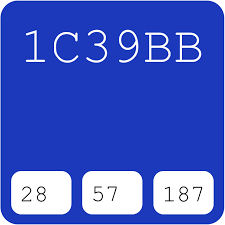
2. Light Persian Blue
A subtler variant of Persian blue, light Persian blue features a softer, greyish-blue tone. Often referred to as Italian blue among fabric sellers, this color adds a delicate touch to Persian ceramics and textiles.
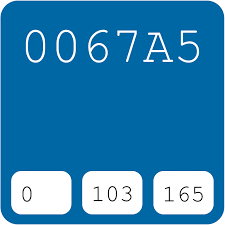
3. Persian Indigo
Persian indigo, or dark Persian blue, is a deeper, richer hue within the blue family. Known in English since 1912, this color is widely used in Persian pottery and tile work, providing a striking contrast to lighter blues and whites.

4. Persian Rose
Persian rose is a vibrant blend of pink and magenta, inspired by the beloved Iranian rose, Gol Mohammadi. This color has been part of the English lexicon since 1992 and is prevalent in Persian textiles and feminine accessories, embodying the beauty and delicacy of Persian floral traditions.
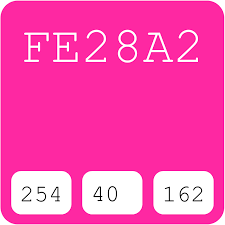
5. Persian Pink
Persian pink, a soft, lavender-tinged pink, first appeared in English in 1923. This gentle color is a hallmark of Qajar-era tiles and Persian rugs, adding a subtle elegance to Persian art.
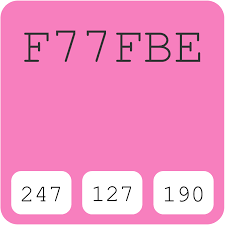
6. Persian Green (Turquoise)
Turquoise holds a special place in Persian culture, symbolizing nature, paradise, and sanctity. Persian green, a dark, greyish-green shade with blue undertones, is inspired by the mineral malachite. First documented in English in 1891, this color is integral to Persian architecture, ceramics, jewelry, and textiles.

7. Persian Plum (Maroon)
Persian plum, also known as maroon, captures the deep, rich hue of dried plums. This color, a blend of red and brown, is widely used in Persian handicrafts. Its Persian name, "Anabi," reflects its association with the color of plum skins.
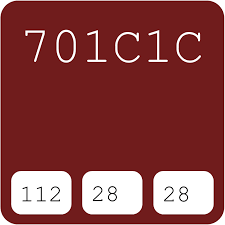
8. Persian Red
Persian red is a deep, orange-red pigment derived from the iron-rich soils of the Persian Gulf and Hormuz Island. Known since 1895, this color, often called "artificial crimson," is essential in Persian pottery and rug making, evoking the classic red tones of traditional Persian carpets.
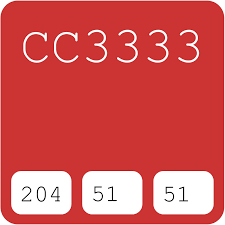
9. Persian Orange
Persian orange, a medium-toned orange, traces its origins to the historical Silk Road, where the fruit "naranj" (bitter orange) was first traded. Later, the Portuguese introduced sweet oranges to Iran. This color, made from iron oxide-rich soil, has been recognized in English since 1892 and is prevalent in Persian ceramics and rugs.
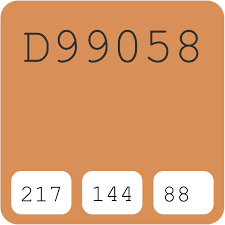
Understanding these colors and their historical contexts reveals the extensive influence of Persian culture and art worldwide. These colors are ubiquitous in Persian rugs, traditional and modern tile work, jewelry, and various handicrafts, showcasing the rich artistic heritage of Iran. The use of these colors in Persian architecture, especially in mosques, symbolizes paradise with their celestial roofs and eternal gardens, reflecting the mystical and harmonious worldview of Persian philosophers and mystics. These enduring colors not only beautify Persian art but also carry deep spiritual and cultural meanings.












